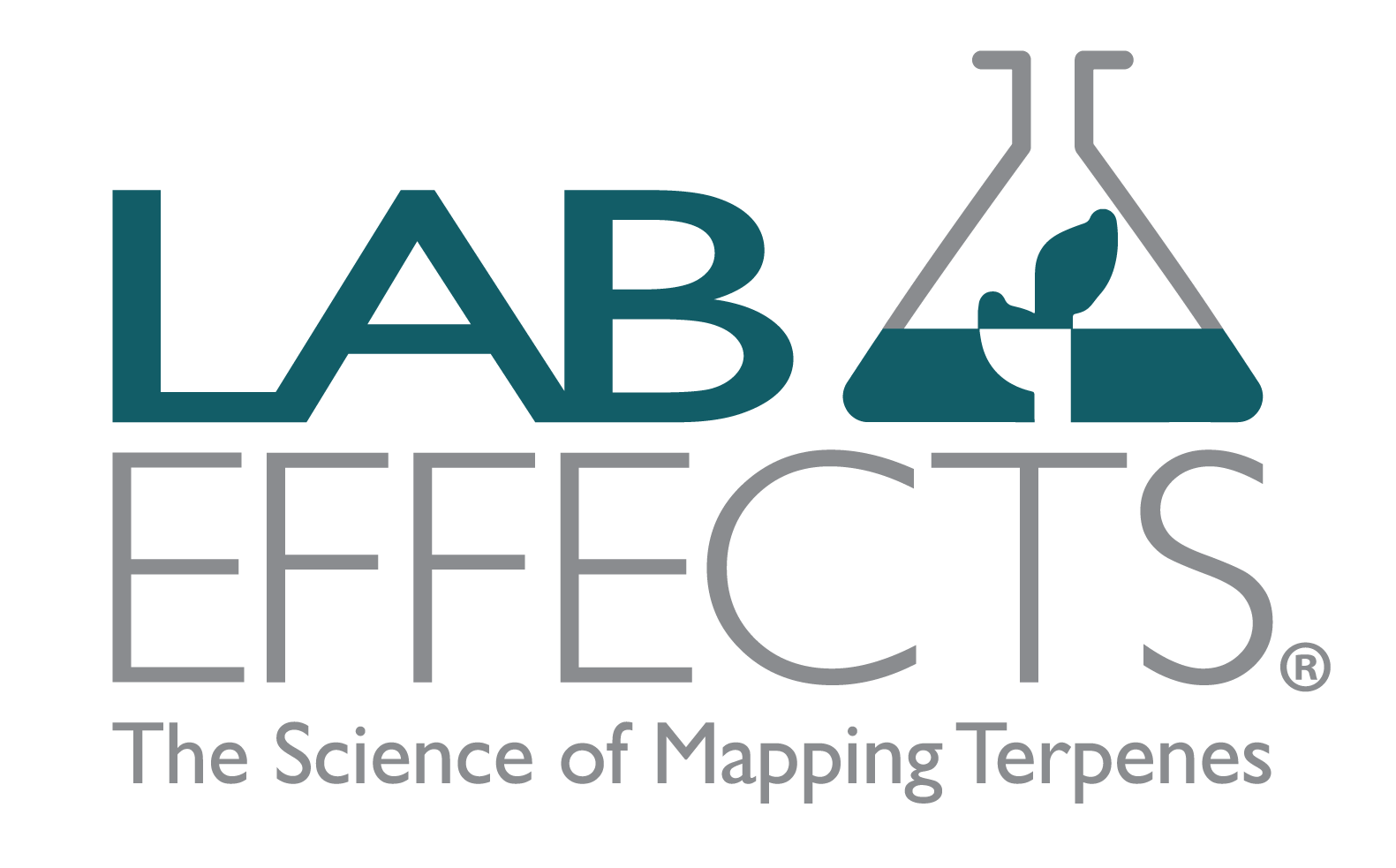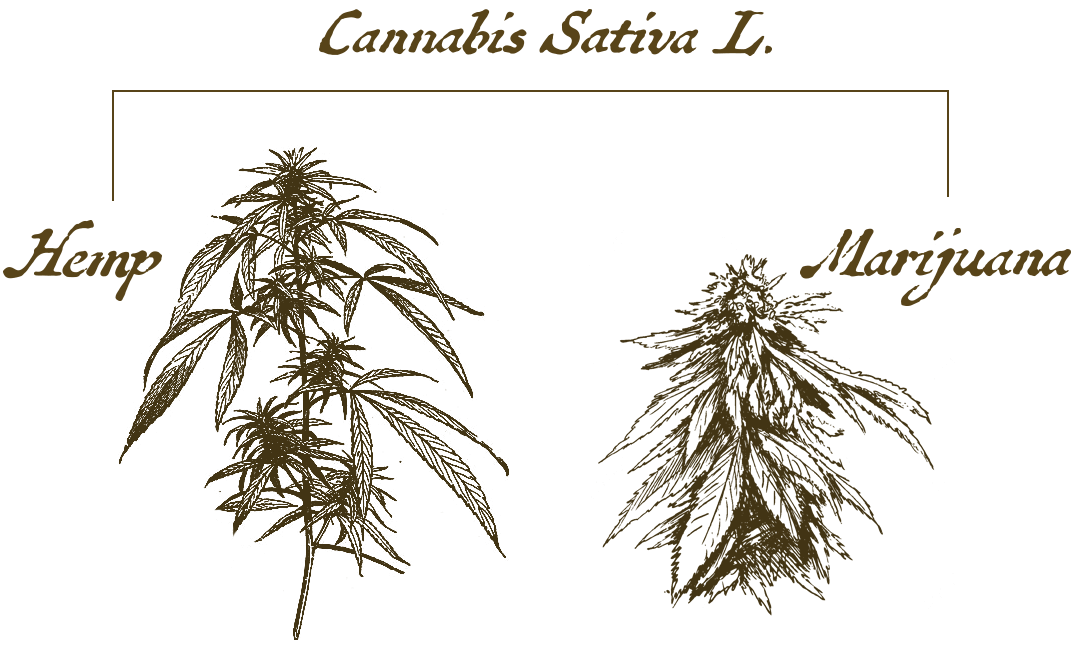
If you or a loved one has post-traumatic stress disorder or PTSD, you’ll know just how challenging it is to find a treatment that works. With symptoms seemingly striking anywhere at any time, the journey through a diagnosis is not always a straightforward one.
Without a one-size-fits-all solution, people with PTSD are often tackling their symptoms holistically, combining therapy, pharmaceuticals, cannabis, alternative medicines, and more – in a way that works specifically for them.
Terpenes may be one part of this equation, with research showing that their mechanisms of action soothe many common symptoms of PTSD. Terpenes for PTSD aren’t a cure, but they could be a part of a spectrum of options available for patients.
What Is PTSD?
“Posttraumatic stress disorder (PTSD) is a psychiatric disorder that may occur in people who have experienced or witnessed a traumatic event, series of events, or set of circumstances. An individual may experience this as emotionally or physically harmful or life-threatening and may affect mental, physical, social, and/or spiritual well-being.”
The lifetime prevalence of PTSD is estimated at 6% worldwide (Zhao et al.) It used to be referred to as “shell shock” or “battle fatigue” because it was first very clearly identifiable in soldiers returning from the war front. Now, it’s recognized that a spectrum of experiences can cause post-traumatic stress disorder and that there are many, diverse symptoms.
Some people can hide or mask their symptoms, at least for a while, while others experience symptoms so intense it impacts their quality of life, relationships, and work life.
What Is PTSD Like?
PTSD affects everyone differently. Some people freeze up when they have a PTSD episode, disassociating and becoming unresponsive. Other people can get highly agitated or even violent. Loud noises, a crowded room, a specific smell, all of these things and more are potential triggers.
Managing PTSD can be challenging since everyone’s experience is unique. However, there is a lot of overlap between symptoms. Symptoms can be treated while you work with a mental health professional to identify the root cause of your PTSD and learn how to avoid and reduce your reaction to triggers.
What Causes PTSD?
Being in a combat zone is one of the most familiar causes of PTSD, but it’s not the most common. A lot of different experiences can cause you to develop this condition. While the mental image of people with PTSD is the male soldier, women are more likely to struggle with ongoing PTSD symptoms than men due to being predispositioned to higher traits of neuroticism and anxiety, where on average they are more likely to respond negatively to complexity and uncertainty.
You can have acute PTSD if you’ve been traumatized by one or more extreme incidents, like a car crash or an assault. You can also be affected by complex PTSD (C-PTSD) if you’ve suffered a series of incidents over many years, such as child abuse or domestic violence.
Common PTSD Symptoms
Outward PTSD symptoms range from violent outbursts to uncontrollable weeping to falling into an almost catatonic state. Internal symptoms can be much more complex and include:
- Anxiety
- Depression
- Heightened inflammation
- Joint, muscle, and/or back pain
- Migraine headaches
- Nausea
- Weight gain
All of these symptoms are treatable, but not every treatment works for every patient. This is part of the challenge for those with the condition. All too often, patients find themselves with a prescription for antidepressants, opioids, and other powerful pharmaceuticals. Yet, these can have troubling side effects.
Is PTSD curable?
PTSD has no known “cure,” but it is entirely treatable. You just have to find the treatment method or combination of treatments that’s right for you. Everyone experiences PTSD differently, which means there is no cookie-cutter solution that will work in all cases. But, with the guidance of a healthcare professional, it is entirely possible to work through the trauma, to eventually reduce or eliminate the symptoms.
It’s important to seek treatment for PTSD, for if left untreated, the disease can raise your chances of serious conditions like stroke (Chen et al.) It can also increase your risk for sleep disorders (Zhang et al) and eating disorders (Vanzhula et al.) Traditional medicine, social support (Wang et al), and holistic measures can all be part of a PTSD treatment plan.
Weed and PTSD
Many veterans and other victims of PTSD have turned to medical cannabis to help address their symptoms. At first, the benefits of weed for people living with PTSD were anecdotal. But as science catches up with real-world use, it’s becoming more evident that cannabinoids and terpenes can be helpful for these therapeutic applications.
Some of the most promising recent evidence came from a placebo-controlled, double-blind study of 150 veterans who smoked weed to treat their PTSD. The study, published in March 2021, showed that participants who used cannabis saw their symptoms improve significantly compared to those who didn’t use cannabis, with few or no adverse effects.
These positive results may lead to federal research: Bill US HR1003, the VA Medicinal Cannabis Research Act of 2023 is currently under review by the Subcommittee of Health. If passed, this bill would let veterans with PTSD participate in a five-year study of the therapeutic effects of cannabis on pain, PTSD, sleep issues, and more.
What Is the Best Strain for PTSD?
There’s no “magic PTSD treatment” strain of cannabis. Cannabis plants don’t grow naturally to meet specific health needs, that’s just not how nature works. However, cannabis-based products can be formulated and targeted for particular ailments, including various symptoms caused by PTSD.
Is indica or sativa better for PTSD?
We, as cannabis educators, have to continually push back against the misclassification of cannabis strains as “indica” or “sativa.” Deliberate cross-cultivation and natural cross-pollination of what used to be two distinct plant species have rendered these designations moot.
Today, you might see a strain labeled as “sativa” or “indica,” but this typically just describes which way the plant “leans” — is it more stimulating or more relaxing? What you want to look for in a strain for PTSD is the right mix of cannabinoids and terpenes to affect the particular symptoms you’re suffering from.
Can Terpenes Help With PTSD?
Terpenes can’t cure post-traumatic stress disorder. However, specific terpenes may have a therapeutic benefit for one or more symptoms of PTSD, such as depression, anxiety, sleep disturbances, pain, inflammation, and so on.
Depending on your symptoms and their severity, you may be able to successfully control your PTSD with cannabis, prescribed medications, mental help services, or a combination of all three. Terpenes may work synergistically with cannabinoids to address symptoms but also have individual value.
The Best Terpenes for PTSD
Just like the question “What strain of cannabis is best for PTSD,” the answer to “What terpenes are best for PTSD” will always depend on what symptoms you have. If you have anxiety or panic attacks, you may experience terpenes differently than if you are trying to soothe pain.
Disclaimer: Terpenes are non-polar, oil-based hydrocarbons that, in pure form, can be very potent and sometimes volatile, flammable, and even corrosive compounds. For this reason, they should strictly be used by experienced and trained manufacturers, and we advise those who are unfamiliar with these compounds to exercise caution.
Many terpenes show potential for alleviating multiple symptoms, at least according to the current body of research. The following common symptoms of PTSD have been matched with the corresponding terpene research. While you should always work with a healthcare professional when formulating a treatment plan, the following is a great place to begin your research journey.
Anxiety
Beta-caryophyllene has been shown to reduce anxiety in mice studies thanks to its anxiolytic effects.
Limonene has been administered to mice before a stressful maze test, and results suggest it has great potential for anxiety and mood dysregulation.
Linalool has been the subject of much study thanks to its strong anxiolytic potential; it has also shown value as a moderate sedative.
Myrcene has been researched as part of clinical studies into cannabis essential oils and was found to have marked anxiolytic therapeutic effects; it makes subjects who inhale terpene-laden vapors feel calmer and more relaxed.
Nerolidol has been shown to be capable of delivering positive anxiolytic benefits without causing motor control or cognitive impairment, in contrast to many anti-anxiety medications.
Phytol has been researched for its potential sedative effects and anxiolytic-related properties. It appears to work on the same receptor sites affected by benzodiazepines.
Depression
Major depressive disorder and PTSD are highly comorbid, which means many people who have one also have the other. Research shows there may even be a genetic factor that makes certain people vulnerable to both neuropsychiatric disorders. (Zhang et al.)
Alpha-terpineol has been found to act as an antidepressant in mice studies, particularly when used to prevent the blocking of dopamine in CB-1 receptors.
Beta-caryophyllene has been shown to support positive behavioral changes relevant to anxiety and depression in mice subject to stress-induced depression, delivering an antidepressant-like effect.
Beta-pinene has been connected to antidepressant effects in mice studies and appears to work similarly to pharmaceutical antidepressants by targeting serotonin signaling in the brain.
Linalool’s antidepressant properties have been studied alongside those of Beta-pinene to overcome serotonin inhibitors and create an antidepressant effect.
Inflammation
Particularly for military personnel, immune response can be significantly affected as part of their PTSD and cause myriad inflammatory conditions (Yang et al.)
In one study, myrcene was found to reduce joint inflammation in the adjuvant monoarthritic knee, reducing pain in that joint.
Alpha-pinene has potential as an anti-inflammatory agent. In one mouse study, the terpenes effectively reduced inflammation by decreasing the production of substances typically involved in inflammatory response.
Beta-pinene has been used in a study involving diabetic rats and effectively reduced inflammatory response and white blood cell migration in specific models.
Linalool was tested in one study on brain immune cells that were stimulated to cause inflammation. The terpenes reduced several key markers of inflammation by activating a protective pathway in the brain’s immune cells.
Beta-caryophyllene was part of a COVID-19-related study, which showed that it worked by activating CB2 receptors, known for their role in reducing inflammation. It also interacts with other receptors in the body known to assist in reducing inflammation.
Joint, muscle, and/or back pain
Pain often plagues those with PTSD, especially if their trigger event involves an injury. The inhibitory activity of many terpenes on pain signals can often provide some relief.
Beta-caryophyllene has been found to promote a healthy gut and digestion by protecting the cells that line the digestive tract, according to multiple clinical studies.
Borneol has been discovered through systemic and topical use to ease pain without drowsiness, and according to one animal study, has therapeutic potential for treating painful and inflammatory disorders.”
Camphene has been shown to possess strong antioxidant and anti-inflammatory elements, and research is underway to assess its value as a pain-relieving agent.
Eucalyptol is being studied for its possible pain-relieving and anti-inflammatory properties. It’s believed to alleviate pain and inflammation thanks to its anti‐oxidative effects.
Limonene is one of the most studied terpenes. A major study of the therapeutic effects of essential oils and terpenes on pain indicated that limonene may have significant long-term potential in treating chronic pain.”
Myrcene has been found to have anti-inflammatory and analgesic effects in inflammatory joint disease (arthritis); one study showed that long-term administration of myrcene had a “profound effect on inflammatory parameters.”
Migraines
Beta-caryophyllene has been found capable of activating CB2 receptors, which play a major role in reducing inflammation which commonly causes migraine episodes to worsen.
Beta-pinene was implemented in a study of rats with diabetes (an inflammatory disease)and displayed strong potential as an anti-inflammatory treatment.
Linalool has been shown to have strong potential as an anti-inflammatory agent, reducing several key markers of inflammation and helping to alleviate pain.
Myrcene has also been shown to have the potential for fighting inflammation and supporting analgesic effects and could be a natural way to help fight migraine pain.
Nausea
Limonene is known to have a gastroprotective effect, which can reduce feelings of nausea caused by stomach upset or gastric pain.
Beta-caryophyllene has been found to have a gastroprotective effect, and one study showed it greatly reduced patients’ feelings of nausea.
In one study, humulene was found effective in treating mice suffering from ethanol-induced gastritis (symptoms of which include nausea, vomiting, and stomach pain.) Researchers predict that the terpene will also be able to reduce nausea and other related symptoms in humans.
Weight gain
Alpha-pinene has been studied in relation to diabetes and weight gain. One such study showed that a chemical derived from α-pinene, WSF-7, could increase insulin sensitivity, giving it anti-obesity potential.
Humulene was used in a study of mice with obesity caused by a high-fat diet. Researchers found that supplementing with alcohol extract of clove (AEC) helped the rodents avoid obesity (humulene is present in cloves and many other spices).
Limonene has been shown to be capable of reducing body weight in studies of rats with obesity caused by a high-calorie diet.
The most common terpene, myrcene, is found in many strong spices like cardamom. The effects of cardamom when given to rats fed a high-carb, high-fat (HCHF) diet helped stave off obesity by preventing fatty deposits and reducing glucose intolerance.
Lab Effects: Wholesale Terpenes for PTSD Symptoms
LabEffects’ terpenes can be selected and formulated to create targeted blends that can help alleviate various symptoms of PTSD. Terpenes are perfect for addressing inflammation and pain, anxiety and depression, mood swings, insomnia caused by one or more other factors, and more.
Our terpenes come from 100% natural, plant-derived sources and are free from artificial additives or chemicals. Choose from our wide range of cannabis-derived strains and natural terpene flavors to enhance your cannabis-based products or herbal remedies.
We provide:
- Water-soluble terpenes for use in beverages and topicals
- Flowable powder terpenes for use in capsules or tablets
- The CutTM diluent to help you achieve the perfect formulation balance
- Therapeutic terpene blends based on our own research or made-to-order
Our terpenes are guaranteed always to be pure and consistent. With our almost unlimited combinations, you can leverage terpene blends customized to your precise preferences. Create your own bespoke PTSD symptom formulations for targeted relief.
Order cannabis terpenes wholesale today from a reputable company in the U.S. cannabis industry. Lab Effects is cGMP-certified, ISO 9001-certified, HACCP-certified, FDA-registered, and ANAB-accredited.



